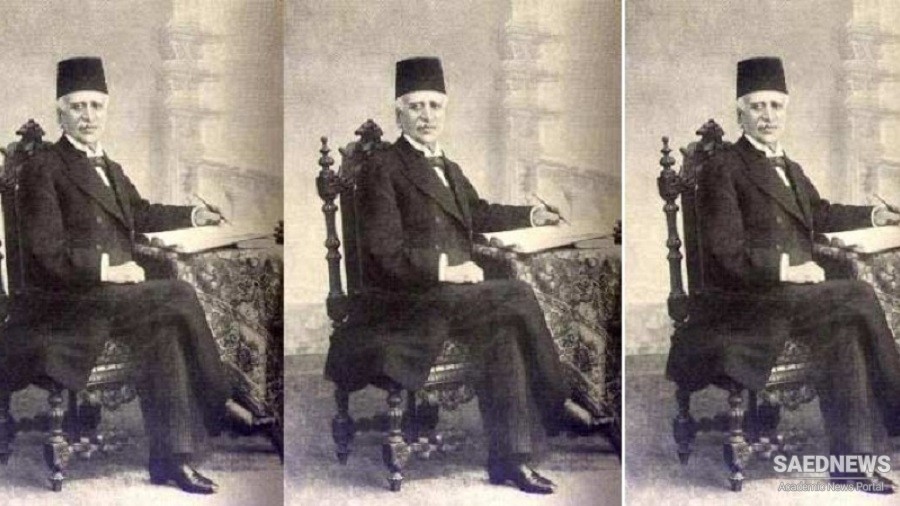A man of complex personality, Malkom’s creative mind nevertheless left a lacuna between his high-minded positivist perspective and his self-serving financial interests. His influence on the Constitutional Revolution nevertheless went beyond a mere proposal for the state’s reorganization. He considered the reform of the Persian script as key to the transmission of knowledge to the masses. To demonstrate his point, in 1884 he even published in London Sa‘di’s Golestan in his improvised alphabet. Malkom’s eclectic “Humanity” creed (Adamiyat), inspired by August Comte’s positivist Religion of Humanity, was an extension of his quasimasonic Faramush-khaneh of earlier years. Rising above organized religion, it aspired to the universal values of scientific progress, human rights, and tolerance. He even persuaded Naser al-Din Shah to issue a decree similar to the Ottoman 1856 Imperial Rescript of the Tanzimat period, to recognize for the first time the security of all the subjects’ basic rights to their lives and properties. Yet it was the disregard for such measures rebuked in the pages of the periodical Qanun that began to reach Iranian readers through clandestine channels. In publishing Qanun, Malkom joined forces with Sayyed Jamal al-Din Afghani, and his cohorts. Expelled from Iran in 1891 at the outset of the Regie Protest, Afghani became a vociferous critic of the Qajar state. As much as Malkom was a prophet of secular modernity, Afghani was a pioneer of political Islam, albeit in the garb of Ottoman-backed pan-Islamic activism, an ideology with little popular support among Shi‘i Iranians. What did appeal to Afghani’s Iranian audiences, to whom he spoke in Persian, his mother tongue, was a politicized reading of Islam not merely as a set of beliefs and practices, or the tedious works of the Shi‘i jurists, but as a community of resistance, a force of unanimity that had already proved effective during the Tobacco Protest. The message of defying Europe’s imperial powers through religio-national solidarity resonated in the Iranian milieu through wide distribution of his famous letter to Shirazi. The clandestine “nocturnal letters” (shabnameh) jellygraphs in Iran also circulated dissident views and were even posted on the mosques’ gates and other public buildings. After the assassination of Naser al-Din Shah, Afghani acquired greater fame in Iranian dissident circles for instigating the removal of a tyrant who had arrested the course of Iran’s progress. That Afghani and some of his devotees were paid agents of another tyrant, Sultan ‘Abd al-Hamid, and that he himself wished to be a “sword” in the hand of any power that could hire his services (perhaps with the exception of the British), did not seem to tarnish his image even at the end of his life—he died of cancer in 1897 while under house arrest in Istanbul. For the “philosopher of the East,” as Afghani liked to portray himself, a nostalgic reading of the Islamic past was complemented by a call for religious renewal, for an Islamic Reformation, as he called it, that could rescue Muslims not only from the yoke of Christian colonialism but also from their tyrannical rulers.


 Reformists and Literacy Campaign in Iran
Reformists and Literacy Campaign in Iran














































